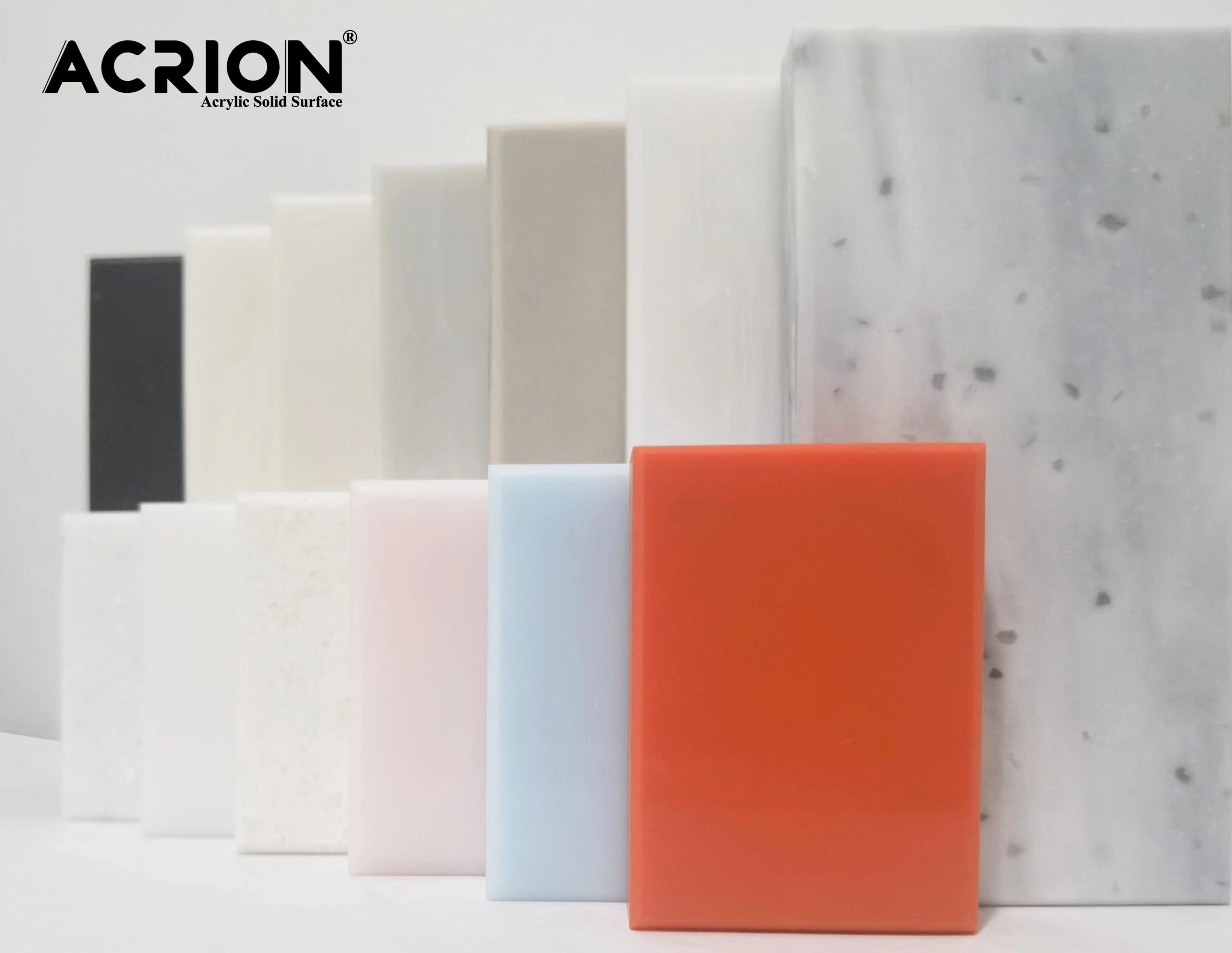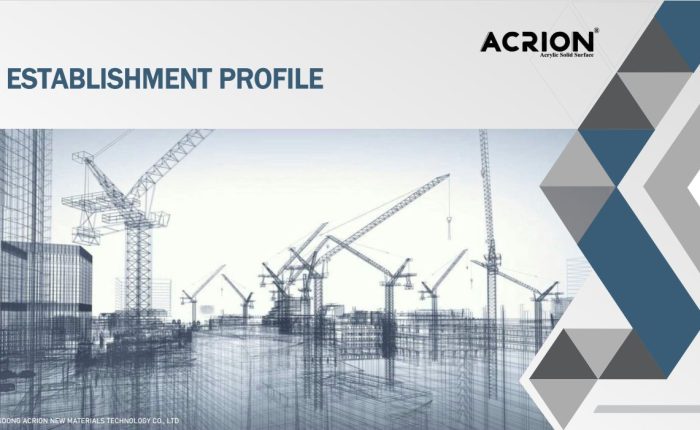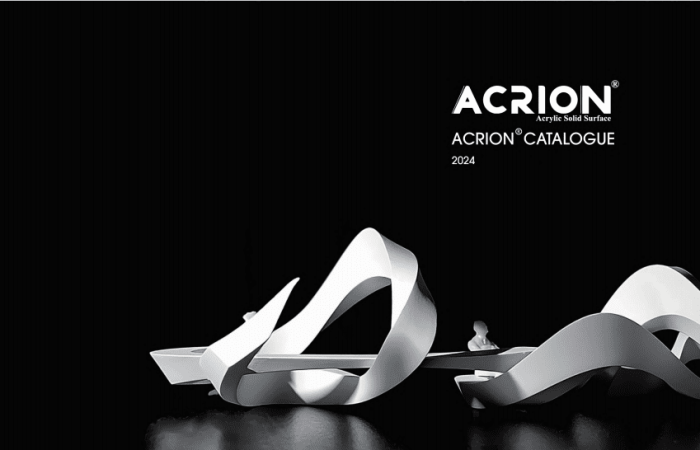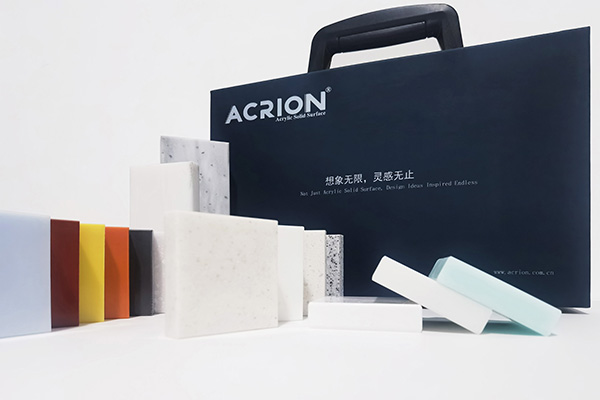تحليل المرونة واللدونة من الأسطح الصلبة الأكريليك
تتأثر مرونة ودونة السطح الصلب لحمض الأكريليك بشكل مشترك بالهيكل الجزيئي للراتنج ، وآلية المعالجة والظروف الخارجية. يتم إجراء التحليل التالي من ثلاثة أبعاد: خصائص المواد ، والعوامل المؤثرة وسيناريوهات التطبيق:
أولاً ، مصادر ومظاهر المرونة
مرونة السلسلة الجزيئية
تعتمد مرونة راتنج الأكريليك بشكل أساسي على بنية مجموعة الإستر (-COO-) ومجموعة الألكيل (-R) في السلسلة الرئيسية. على سبيل المثال ، يمكن أن يؤدي إدخال مجموعات الألكيل طويلة السلسلة (مثل C8-C12) إلى زيادة الحجم الحر للسلسلة الجزيئية ، وخفض درجة حرارة الانتقال الزجاجي (TG) ، وبالتالي تعزيز المرونة. إذا تم إدخال المونومرات المرنة (مثل Butyl Acrylate) في السلسلة الرئيسية ، يمكن للطلاء أن يقاوم 180 درجة في درجة حرارة الغرفة دون تكسير. ومع ذلك ، عندما تكون نسبة المونومرات الصلبة (مثل الميثيل ميثاكريلات) مرتفعة للغاية ، يزداد هشاشة الطلاء بشكل كبير.
تأثير كثافة التشابك
تؤثر جرعة عوامل التشابك (مثل ديزوسيانات وراتنجات الإيبوكسي) بشكل مباشر على المرونة. على سبيل المثال ، عندما تكون كثافة التشابك عالية جدًا ، قد ينكسر الطلاء بسبب تركيز الإجهاد أثناء اختبار الانحناء. يمكن أن يكون الارتباط المتشابك المعتدل (مثل درجة التشابك بين 30-50 ٪) موازنة الصلابة والمرونة ، مما يتيح الطلاء للحفاظ على صلابة معينة مع وجود مقاومة للتأثير.
الاعتماد على درجة الحرارة
تزداد مرونة طلاء الأكريليك مع ارتفاع درجة الحرارة. على سبيل المثال ، في -20 ℃ ، قد يظهر الطلاء كسر هش ؛ في 60 ℃ ، يمكن أن يزداد استطالةها عند الاستراحة بمقدار 2 إلى 3 مرات. تتطلب هذه الخاصية أنه عند استخدامها في بيئات درجات الحرارة المنخفضة ، يجب تحسين الصيغة (مثل إضافة الملدنات) للحفاظ على المرونة.
ثانياً ، آلية إدراك اللدونة
معالجة اللدائن الحرارية
يمكن أن تحقق راتنج الأكريليك غير المكتمل اللدونة من خلال معالجة البلاستيك الحراري. على سبيل المثال ، عند 120-150 ℃ ، يمكن تقويم الراتنج أو معزوله بالهدوء أو معزول بالحقن ، ويحتفظ شكله بعد التبريد. تنطبق هذه الخاصية على تصنيع المنتجات المعقدة على شكل شكل (مثل الأجزاء الزخرفية غير المنتظمة) ، ولكن يجب التحكم في درجة حرارة المعالجة لتجنب التدهور الحراري.
تشكيل بمساعدة المذيبات
يمكن تقليل لزوجة الراتنج وتعزيز اللدونة عن طريق إضافة المذيبات المتطايرة (مثل خلات الإيثيل). على سبيل المثال ، عندما يكون محتوى المذيبات 20-30 ٪ ، يمكن طلاء الراتنج أو رشه في طبقة رقيقة ، ويتم تشكيل طبقة كثيفة بعد تبخر المذيبات. تنطبق هذه الطريقة على البناء على نطاق واسع (مثل الجدران الخارجية للمباني) ، ولكن من الضروري الانتباه إلى تأثير معدل تبخر المذيبات على تسطيح الطلاء.
المعالجة الخفيفة والتشابك القابل للعكس
يمكن تصوير بعض راتنجات الاكريليك بواسطة photoinitiators ، في حين يتم إدخال روابط الارتباط المتقاطع القابلة للانعكاس (مثل روابط ثاني كبريتيد وسندات الهيدروجين) لتعزيز اللدونة. على سبيل المثال ، تحت تشعيع ضوء الأشعة فوق البنفسجية ، يمكن علاج الراتنج وتشكيله في غضون ثوان. تحت تأثير التدفئة أو المذيبات المحددة ، يمكن أن تنكسر روابط التشابك ، وتحقيق تشكيل ثانوي. تنطبق هذه الميزة على السيناريوهات التي تتطلب معالجة متكررة (مثل الطباعة ثلاثية الأبعاد).
ثالثًا ، العوامل الرئيسية التي تؤثر على المرونة واللدونة
تكوين مونومرات الراتنج
تؤثر نسبة المونومرات الناعمة (مثل الإيثيل الأكريليت و isooctyl acrylate) إلى المونومرات الصلبة (مثل الميثيل ميثاكريليت والستايرين) بشكل مباشر المرونة. على سبيل المثال ، عندما تتجاوز نسبة المونومرات الناعمة 60 ٪ ، يتم تحسين مرونة الطلاء بشكل كبير ، لكن الصلابة قد تكون غير كافية. عندما تكون نسبة المونومرات الصلبة مرتفعة للغاية ، يكون الطلاء عرضة للتصدع.
الملدنات والمعدلات
يمكن أن تقلل الملدنات (مثل الأبرز الفثالات) من القوى الجزيئية وتعزيز المرونة. على سبيل المثال ، يمكن أن تؤدي إضافة ملدن من 5 إلى 10 ٪ إلى زيادة استطالة الطلاء بأكثر من 50 ٪ ، ولكنه قد يقلل من مقاومة الحرارة والمقاومة الكيميائية. بالإضافة إلى ذلك ، يمكن أن يؤدي إدخال الملاءات النانوية (مثل الأنابيب النانوية السيليكا والكربون) إلى تعزيز المرونة والقوة من خلال الربط المادي.
شروط المعالجة
درجة حرارة المعالجة والوقت لها تأثير كبير على المرونة واللدونة. على سبيل المثال ، قد يؤدي معالجة درجة الحرارة المنخفضة (مثل 40 ℃) إلى تشابك غير مكتمل ، مما يؤدي إلى طلاء مع مرونة جيدة ولكن غير كافية. يمكن لعلاج درجة الحرارة العالية (مثل 120 ℃) تسريع رد فعل التشابك ، وزيادة صلابة ولكن قد يقلل من المرونة. بالإضافة إلى ذلك ، يمكن التحكم في مرونة الطلاء القابل للأشعة فوق البنفسجية عن طريق ضبط تركيز photoinitiator وشدة الضوء.
رابعًا ، متطلبات المرونة واللدونة في سيناريوهات التطبيق
الطلاء المعماري
يجب أن يكون لطلاء الجدار الخارجي درجة معينة من المرونة لمقاومة التمدد الحراري والانكماش الناجم عن التغيرات في درجة الحرارة. على سبيل المثال ، في المناطق ذات الفرق الكبير في درجة الحرارة بين النهار والليل ، يحتاج الطلاء إلى استطالة عند استراحة من 10 إلى 15 ٪ لمنع التكسير. بالإضافة إلى ذلك ، تتطلب اللدونة أن تغطي الطلاء سطح الركائز المعقدة بالتساوي (مثل جدران الطوب والحجر).
طلاء السيارات
يجب أن تكون مكونات مثل مصدات السيارات مرنة ومرنة. على سبيل المثال ، يحتاج الطلاء إلى الحفاظ على المرونة في حدود -40 ℃ إلى 80 ℃ ، وفي الوقت نفسه ، تكون قادرة على تحمل التأثيرات البسيطة دون تقشير. بالإضافة إلى ذلك ، تتطلب اللدونة أن يتكيف الطلاء مع عملية صب الحقن وتشكل سطحًا ناعمًا.
مواد الطباعة ثلاثية الأبعاد
يجب أن تكون راتنج الأكريليك القابل للأشعة فوق البنفسجية مرحة لتحقيق طباعة الهياكل المعقدة. على سبيل المثال ، يحتاج الراتنج إلى العلاج بسرعة تحت ضوء الأشعة فوق البنفسجية مع الحفاظ على درجة معينة من المرونة لمنع الكسر أثناء عملية الطباعة. بالإضافة إلى ذلك ، تحتاج المنتجات المطبوعة إلى قوة كافية لتحمل تحميل الاستخدام.
الخامس ، استراتيجيات لتعزيز المرونة واللدونة
التصميم الجزيئي
يتم إدخال الأجزاء المرنة من خلال البلمرة المشتركة أو تعديل التطعيم. على سبيل المثال ، يمكن أن يؤدي إدخال شرائح polyether (مثل البولي إيثيلين جليكول ميثاكريلات) إلى راتنج الأكريليك إلى تعزيز المرونة بشكل كبير مع الحفاظ على مقاومة الماء.
تعديل مركب
مزج راتنج الأكريليك مع المرنة (مثل مطاط النتريل ، البولي يوريثان). على سبيل المثال ، يمكن أن تؤدي إضافة 10-20 ٪ من المطاطية إلى زيادة قوة تأثير الطلاء بمقدار 3-5 مرات مع الحفاظ على الشفافية.
عملية ما بعد العلاج
تحسين بنية الطلاء من خلال المعالجة الحرارية أو الصلب المذيبات. على سبيل المثال ، يمكن للمعالجة الحرارية عند 100 ℃ لمدة ساعتين إطلاق الإجهاد الداخلي للطلاء ويعزز مرونته. يمكن أن يعزز الصلب المذيبات إعادة ترتيب السلاسل الجزيئية ويعزز اللدونة.



